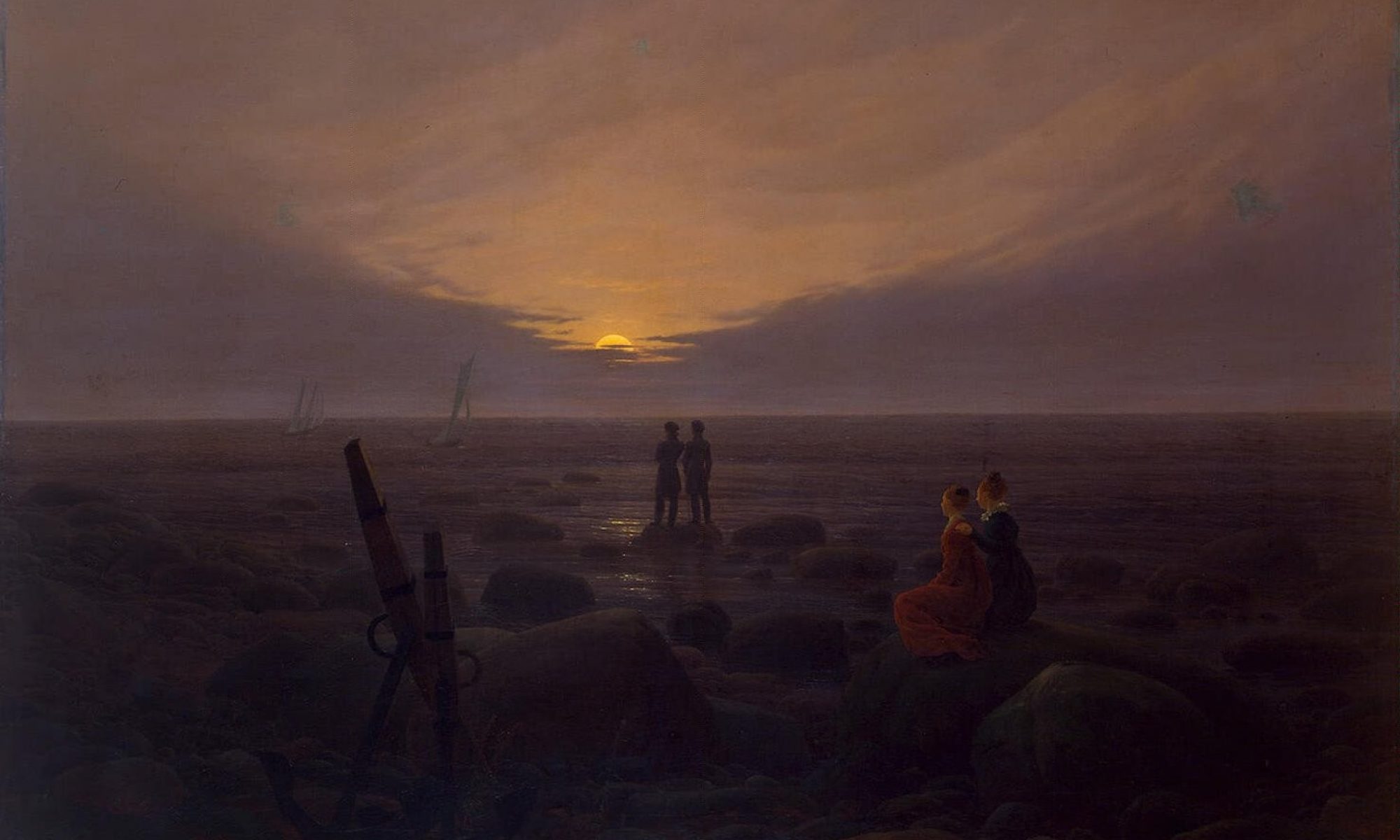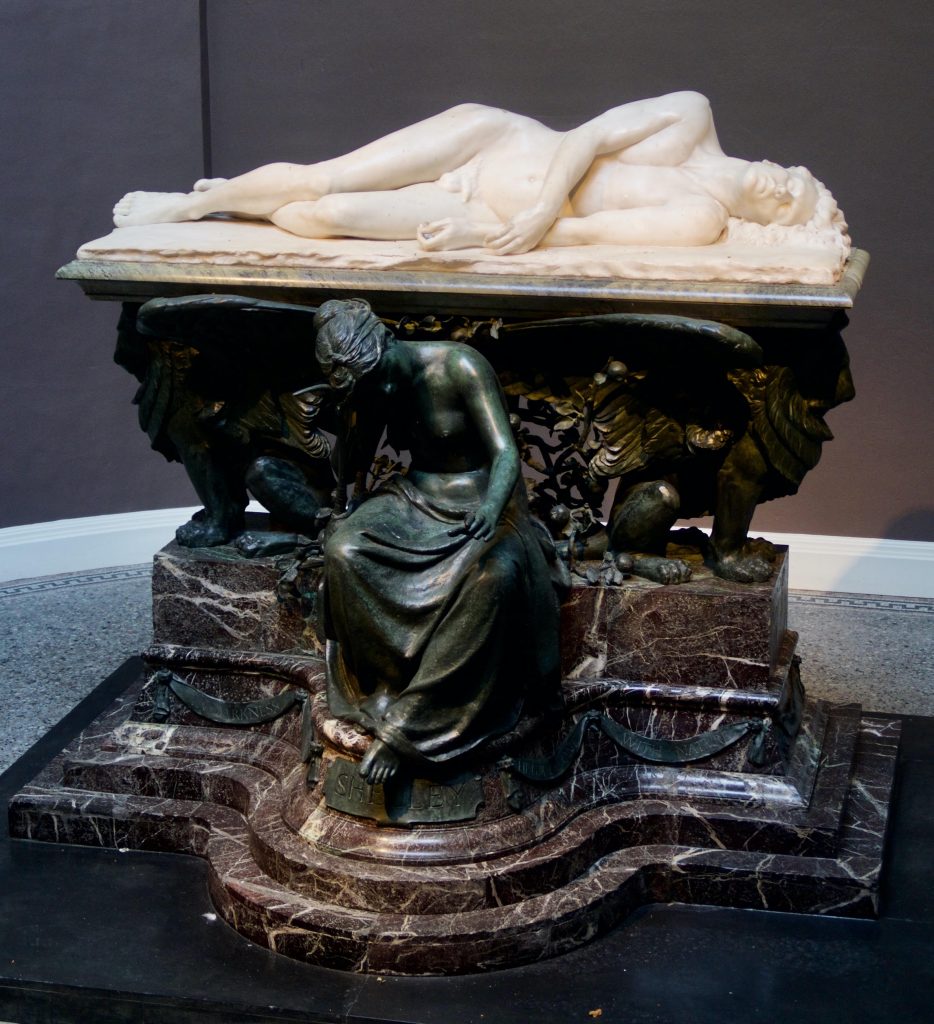Contributor: Kathryn Sutherland
Location: Jane Austen’s House, Chawton, Hampshire, England
Description: This fragment is a single leaf, pages 1 and 2 (20 + 20 lines; 281 words) of a letter bifolium, of which the second leaf is missing. The paper is weak at the original folds, with a short tear at the head. There is no signature, no date, and no address. An origin-address and date [‘From Hans Place | Nov. 29 1814’] have been added in pencil in another hand at the upper edge of page 1. The ink (iron gall) is bright, showing little evidence of light exposure. Written in Jane Austen’s clear, round hand, the leaf corresponds to the first section of Letter 112 in the authoritative Oxford edition. Austen writes from her brother Henry’s London home to her niece Anna Lefroy. The fragment opens ‘I am very much obliged to you, my dear Anna’; it ends at the foot of page 2 with the words: ‘& hugs Mr Younge delightfully’. In between, Austen discusses her social life during a London stay that includes a disappointing trip to the theatre (‘I fancy I want something more than can be. Acting seldom satisfies me. I took two Pocket handkerchiefs, but had very little occasion for either’). These two pages are a resilient survival of an act of loving destruction, representing the largest part of a four-page letter, dismembered for keepsakes, into at least five portions, one of which is now lost; two are in the British Library’s Charnwood Autograph Collection; and a further portion was sold at Sotheby’s into private hands on 11 July 2017, at which time the present portion failed to sell. We might see the dismemberment, private, and public fortunes of this letter as an expression in miniature of the fate and import of Austen’s letters, and indeed celebrity authors’ letters, more generally.
Continue reading “A Fragment of a Letter in Jane Austen’s Hand”









